How to Relieve Herniated Disc Pain in the Lower Back?
Herniated Disc is a circumstance which can arise everywhere alongside the spine, however most usually takes place within the decrease returned. It is occasionally known as a bulging, protruding, or ruptured disk.
It is one of the maximum not unusual place reasons for decreased returned ache, in addition to leg ache, or sciatica. Between 60 and 80% of human beings will enjoy low returned ache in some unspecified time in the future. Some of those human beings can have low returned ache and leg ache resulting from a herniated disk. Although a herniated disk may be very painful, the bulk of human beings experience tons higher with only a few weeks or months of nonsurgical treatment.
Cause: Herniated Disc Pain
A herniated disc is usually the result of natural age-related wear and tear on the spine. This process is called disc degeneration. In children and young adults, these discs have a high water content. As people age, the water content of the discs decreases and the discs become less flexible. The discs begin to shrink and the space between the vertebrae narrows. This normal aging process makes discs more susceptible to herniation. An injury, such as a fall, can also cause a herniated disc.
Symptoms
In most cases, low back pain is the first symptom of a herniated disk. This pain may last for a few days, and then improve. Other symptoms may include:
- Sciatica. This is a sharp, often shooting pain that extends from the buttock down the back of one leg. It is caused by pressure on the spinal nerve.
- Numbness or a tingling sensation in the leg and/or foot
- Weakness in the leg and/or foot
- Loss of bladder or bowel control. This is extremely rare and may indicate a more serious problem called cauda equina syndrome. This condition is caused by the spinal nerve roots being compressed. It requires immediate medical attention.
Symptoms vary greatly, depending on the position of the herniated disc and the size of the herniation. If the herniated disc is not pressing on a nerve, the patient may experience a low backache or no pain at all. If it is pressing on a nerve, there may be pain, numbness or weakness in the area of the body to which the nerve travels. Typically, a herniated disc is preceded by an episode of low back pain or a long history of intermittent episodes of low back pain.
Risk Factors: Herniated Disc Pain
Certain factors may increase your risk of a herniated disk. These include:
Gender: – Men between the ages of 20 and 50 are most likely to have a herniated disk.
Improper lifting: – Using your back muscles instead of your legs to lift heavy objects can cause a herniated disk. Twisting while you lift can also make your back vulnerable. Lifting with your legs, not your back may protect your spine.
Weight: – Being overweight puts added stress on the disks in your lower back.
Repetitive activities that strain your spine: – Many jobs are physically demanding. Some require constant lifting, pulling, bending, or twisting. Using safe lifting and movement techniques can help protect your back.
Frequent driving: – Staying seated for long periods, plus the vibration from the car engine, can put pressure on your spine and disks.
Sedentary lifestyle: – Regular exercise is important in preventing many medical conditions, including a herniated disk.
Smoking: – It is believed that smoking lessens the oxygen supply to the disk and causes more rapid degeneration.
Symptoms: Herniated Disc Pain
In most cases, low back pain is the first symptom of a herniated disk. This pain may last for a few days, and then improve. Other symptoms may include:
- Sciatica. This is a sharp, often shooting pain that extends from the buttock down the back of one leg. It is caused by pressure on the spinal nerve.
- Numbness or a tingling sensation in the leg and/or foot
- Weakness in the leg and/or foot
- Loss of bladder or bowel control. This is extremely rare and may indicate a more serious problem called cauda equina syndrome. This condition is caused by the spinal nerve roots being compressed. It requires immediate medical attention.
Symptoms vary greatly, depending on the position of the herniated disc and the size of the herniation. If the herniated disc is not pressing on a nerve, the patient may experience a low backache or no pain at all. If it is pressing on a nerve, there may be pain, numbness or weakness in the area of the body to which the nerve travels. Typically, a herniated disc is preceded by an episode of low back pain or a long history of intermittent episodes of low back pain.
Doctor Examination
Medical History and Physical Examination –
After discussing your symptoms and medical history, your doctor will perform a physical examination. The exam may include the following tests:
- Neurological examination. A neurological examination will help your doctor determine if you have any muscle weakness or loss of sensation. During the exam, the doctor will:
- Check muscle strength in your lower leg by assessing how you walk on both your heels and toes. Muscle strength in other parts of your body may also be tested.
- Detect loss of sensation by checking whether you can feel a light touch on your leg and foot.
- Test your reflexes at the knee and ankle. These may sometimes be absent if there is a compressed nerve root in your spine.
- Straight leg raise (SLR) test. This is a specialized test to predict if a disk herniation in present, especially in younger patients. During the test, you lie on your back and your doctor carefully lifts your affected leg. Your knee stays straight. If you feel pain down your leg and below the knee, it is a strong indication that you have a herniated disk.
Imaging tests
- X-rays: – Plain X-rays don’t detect herniated disks, but they can rule out other causes of back pain, such as an infection, tumor, spinal alignment issues or a broken bone.
- CT scan: – A CT scanner takes a series of X-rays from different directions and then combines them to create cross-sectional images of the spinal column and the structures around it.
- MRI: – Radio waves and a strong magnetic field are used to create images of the body’s internal structures. This test can be used to confirm the location of the herniated disk and to see which nerves are affected.
- Myelogram: – A dye is injected into the spinal fluid before a CT scan is taken. This test can show pressure on the spinal cord or nerves due to multiple herniated disks or other conditions.
Treatment: Herniated Disc Pain
For the majority of patients, a herniated lumbar disk will slowly improve over a period of several days to weeks. Typically, most patients are free of symptoms by 3 to 4 months. However, some patients do experience episodes of pain during their recovery.
Nonsurgical Treatment
Initial treatment for a herniated disk is usually nonsurgical in nature.
Nonsurgical treatment may include:
Rest: – One to 2 days of bed rest will usually help relieve back and leg pain. Do not stay off your feet for longer, however. When you resume activity, try to do the following:
- Take rest breaks throughout the day, but avoid sitting for long periods.
- Make all your physical activity slow and controlled, especially bending forward and lifting.
- Change your daily activities to avoid movements that can cause further pain.
Nonsteroidal anti-inflammatory drugs (NSAIDs):-
Anti-inflammatory drugs such as ibuprofen or naproxen can help relieve pain.
Physical therapy treatment in Herniated Disc:
Specific exercises will help strengthen your lower back and abdominal muscles.
Epidural steroid injection: – An injection of a cortisone-like medicine into the space around the nerve may provide short-term pain relief by reducing inflammation.
There is good evidence that epidural injections can successfully relieve pain in many patients who have not been helped by 6 weeks or more of other nonsurgical care.
There is some data to suggest that epidural steroid injection within 3 months of surgery can slightly increase your risk of infection. Discuss these risks with your surgeon.
It is important to note that these nonsurgical treatments do not heal the herniated disk. Rather, they can help relieve your symptoms while your body works to heal the disk. In many cases, the disk herniation naturally dissolves over time and is reabsorbed by the body.
Surgical Treatment
Only a small percentage of patients with lumbar disk herniation require surgery. Spine surgery is typically recommended only after a period of nonsurgical treatment has not relieved painful symptoms, or for patients who are experiencing the following symptoms:
- Muscle weakness
- Difficulty walking
- Loss of bladder or bowel control
Microdiskectomy: – The most common procedure used to treat a single herniated disk is microdiskectomy. The procedure is done through a small incision at the level of the disk herniation: – and often involves the use of a microscope.
The herniated part of the disk is removed along with any additional fragments that are putting pressure on the spinal nerve.
A larger procedure may be required if there are disk herniations at more than one level.
To reduce the risk of repeat herniation, you may be prohibited from bending, lifting, and twisting for the first few weeks after surgery.
Prevention
To help prevent a herniated disk, do the following:
- Exercise: – Strengthening the trunk muscles stabilizes and supports the spine.
- Maintain good posture: – This reduces pressure on your spine and disks. Keep your back straight and aligned, particularly when sitting for long periods. Lift heavy objects properly, making your legs — not your back — do most of the work.
- Maintain a healthy weight: – Excess weight puts more pressure on the spine and disks, making them more susceptible to herniation.
- Quit smoking: – Avoid the use of any tobacco products.

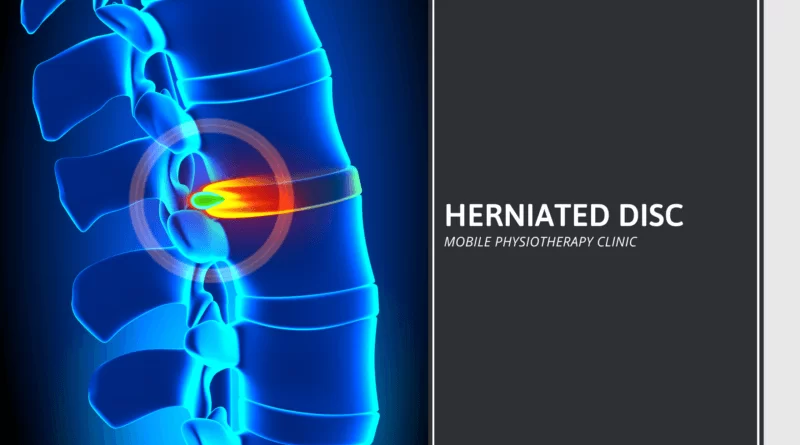
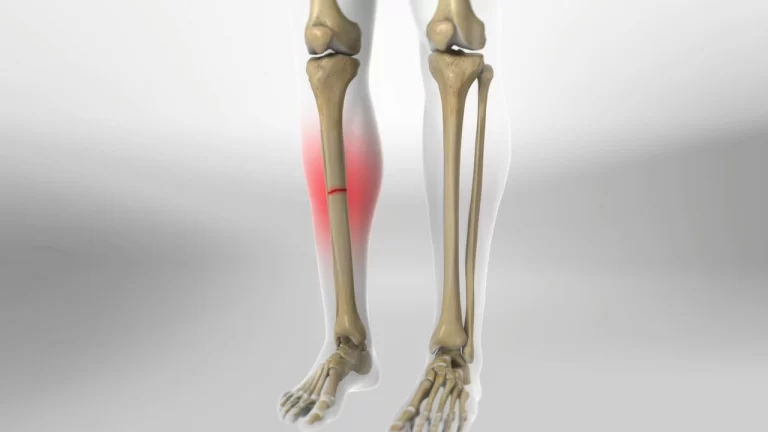
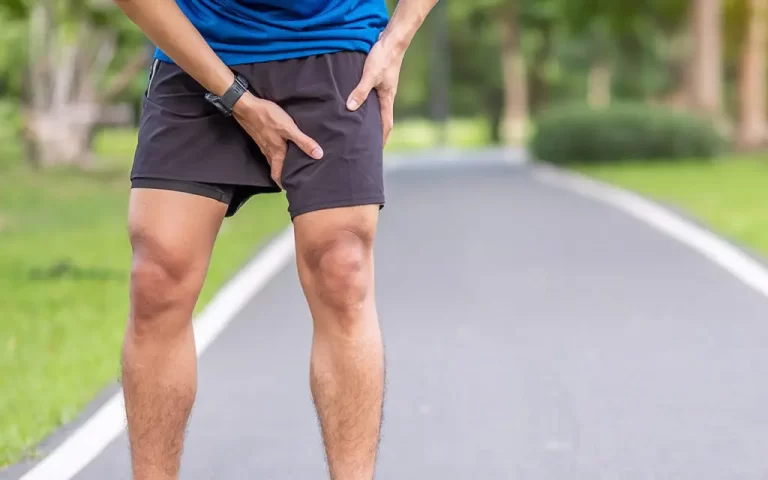
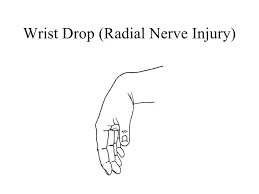
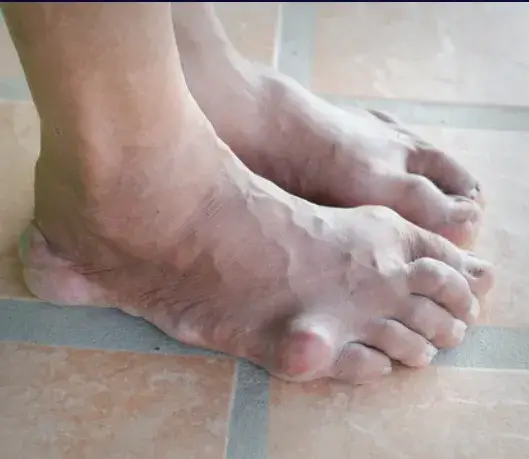


One Comment